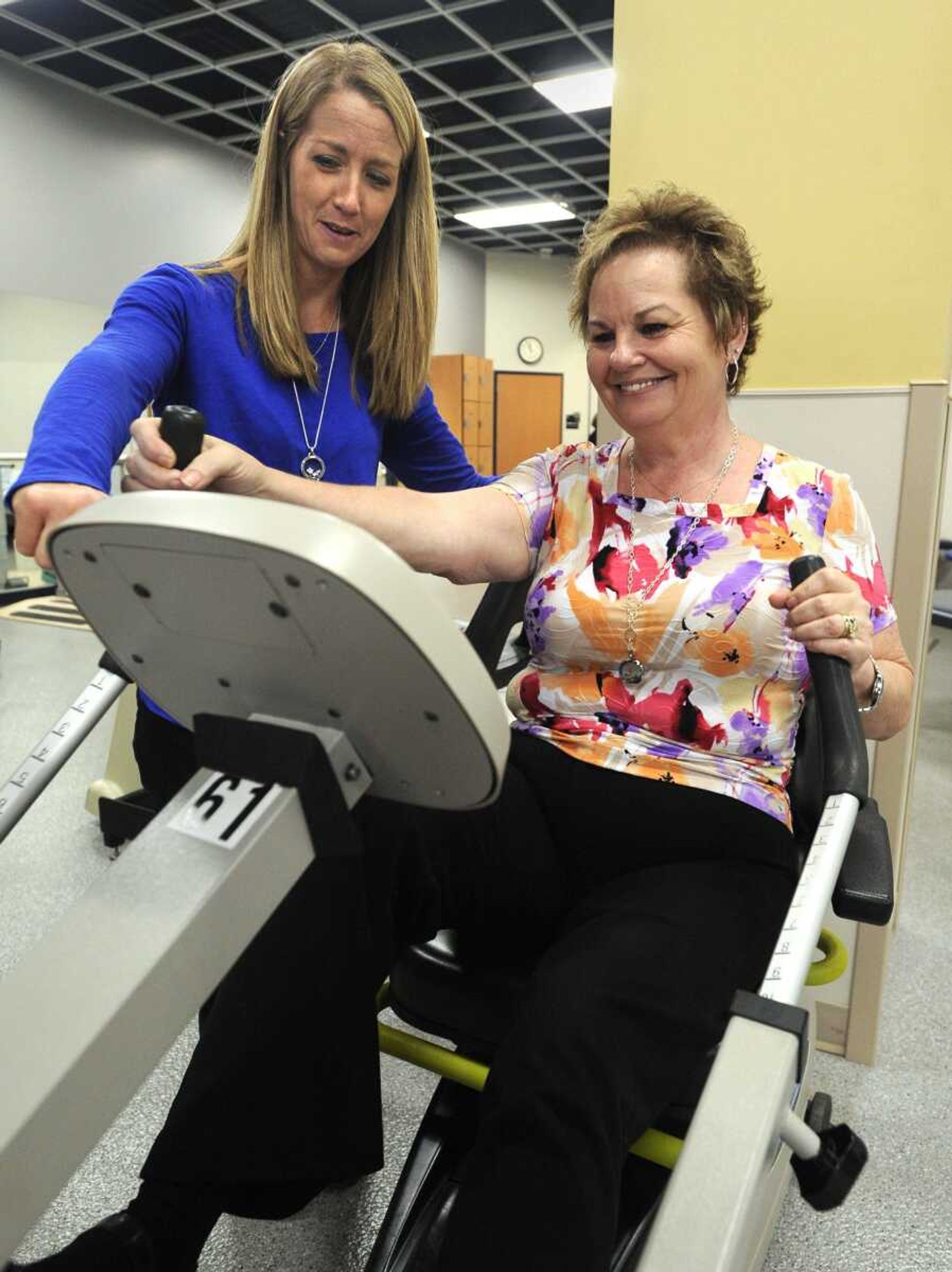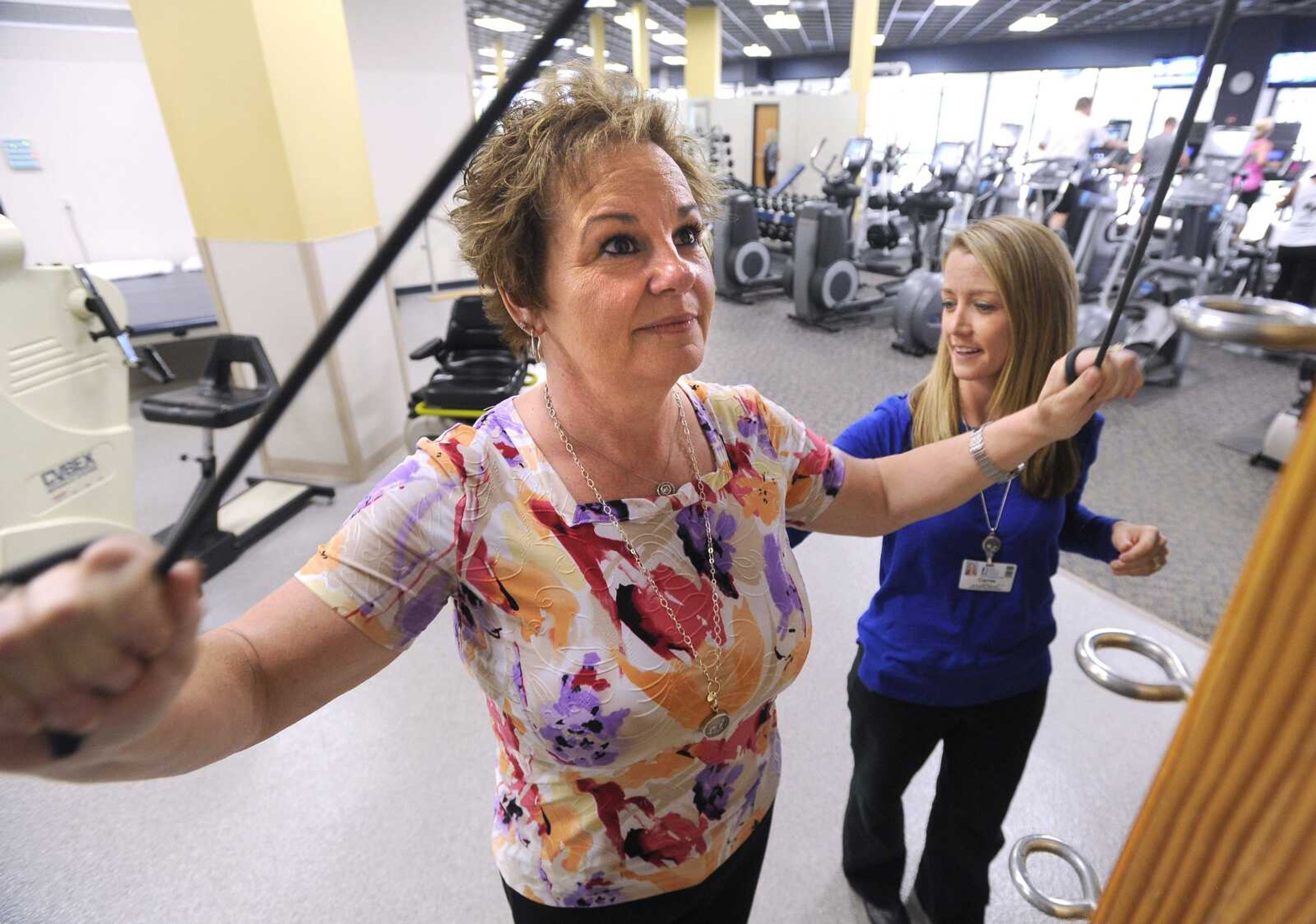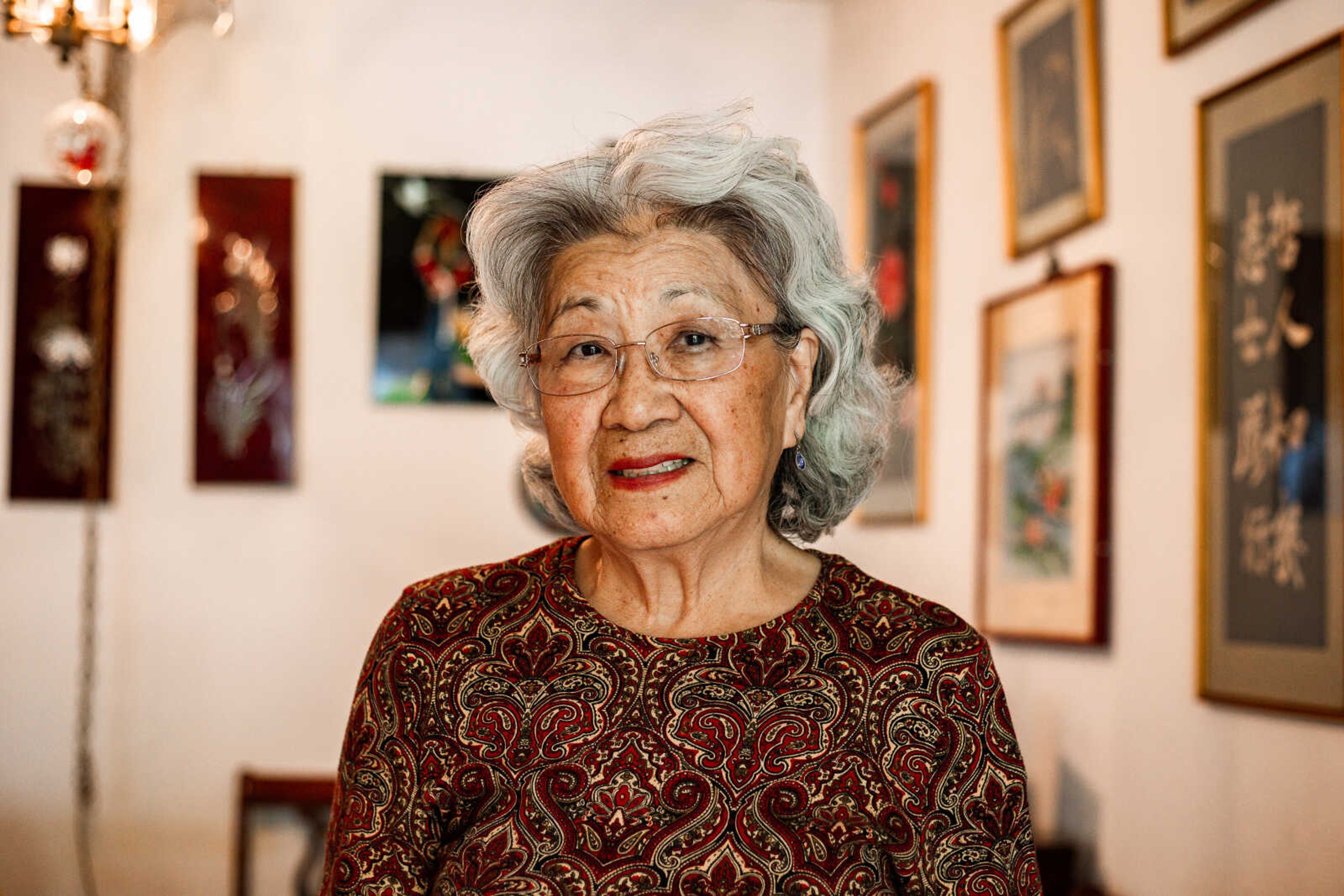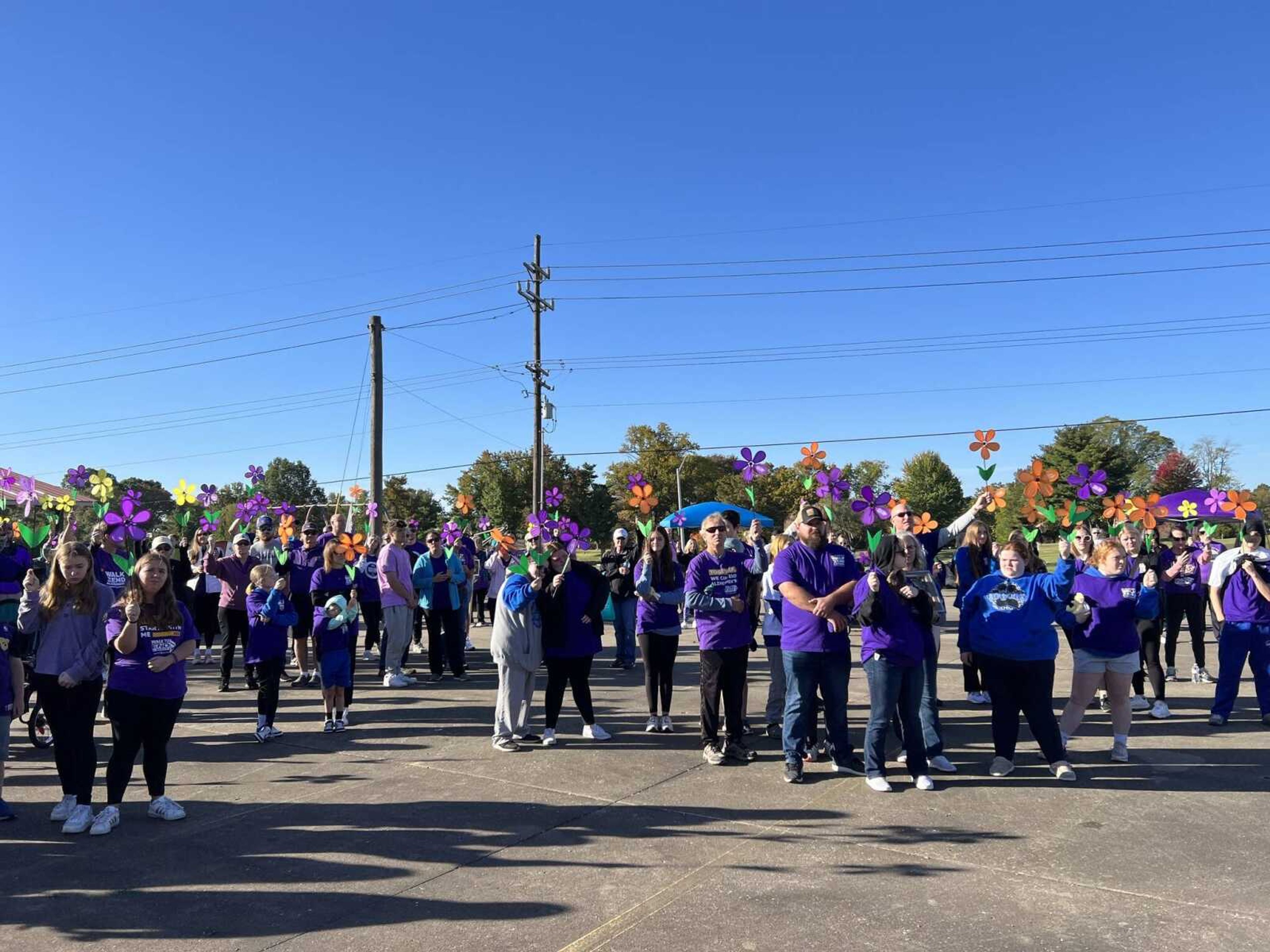On the move for recovery: Physical therapy a growing aspect of cancer treatment, recuperation
Exercise is one of the best things we can do for our physical and mental health, and that doesn't change after a cancer diagnosis. "The American Cancer Society recommends walking five days a week, 30 minutes day. Sometimes that seems overwhelming to people, but it doesn't have to be 30 minutes straight -- it can be three bouts of 10 minutes a day," says Carrie Johnson, a physical therapist and certified lymphedema therapist at Saint Francis Medical Center...
Exercise is one of the best things we can do for our physical and mental health, and that doesn't change after a cancer diagnosis.
"The American Cancer Society recommends walking five days a week, 30 minutes day. Sometimes that seems overwhelming to people, but it doesn't have to be 30 minutes straight -- it can be three bouts of 10 minutes a day," says Carrie Johnson, a physical therapist and certified lymphedema therapist at Saint Francis Medical Center.
Physical therapy can help cancer patients maintain strength, energy and range of motion, restore mobility to scar tissue and reduce or even prevent lymphedema. It's shown to be beneficial before, during and after treatment, and Tonya Rinda, a senior level III physical therapist at Saint Francis, says her department sees almost every patient who goes through the hospital's Cancer Institute.

"There is more of a trend now as awareness is increasing in regards to usefulness and how helpful therapy is," she says. "We're definitely getting more referrals now than we used to. The doctors in our community are very aware of how helpful general activity is in maintaining energy levels."
Energy is one of the main topics addressed during physical therapy with cancer patients. Johnson says statistics show some 70 percent of cancer patients experience cancer-related fatigue.
"It's a persistent feeling of tiredness and exhaustion directly related to cancer -- the disease itself and all the treatment that goes along with it. It's a different fatigue than someone without cancer experiences," she says. "People describe it as full-body exhaustion, from head to toe. And it's not just physical fatigue, either -- people say they have difficulty concentrating, multitasking and trying to take on too much information at once. Some say they have anxiety, increased irritability and frustration -- these are all warning signs of fatigue."
Exercise can improve sleep, decrease pain and stimulate appetite, all of which, in turn, can boost energy levels, Johnson explains. Therapy also focuses on increasing strength to expend less energy during daily tasks.
"If your muscles are weak and you go to stand up and walk to the bathroom, you're going to expend a whole lot more energy than when your muscles are strong," Johnson says. "Strengthening exercises can keep those large muscle groups healthy and strong so you don't expend as much energy, and that helps minimize fatigue. Therapy helps patients to do more before the fatigue limits them."
Johnson says it's important to continue therapy or exercise even after treatment and beating cancer.
"There are a lot of studies out there that show aerobic exercise helps minimize the recurrence rate of cancer. That's a huge reason to continue to exercise after treatment," she says.
The side effects of cancer treatment don't always go away immediately after treatment ends, either.

"A lot of times patients are living with ongoing fatigue for months or even years after treatment, and they don't need to be suffering that long," says Paula Stout, a physical therapist and certified lymphedema therapist at SoutheastHEALTH.
Patients should never accept fatigue and pain as their "new normal," she says.
"Physical therapy helps restore their quality of life and return the normal, functional levels to where they should be," she says.
Stout's best advice to cancer patients is to start where they are, however small.
"You need to get moving, first and foremost, and that's the hardest part about it," she says. "If a person doesn't feel like getting up off the couch, the last thing they want to do is exercise, but it will immediately make them feel better."
While the thought of exercise can be overwhelming or daunting, especially when you don't feel your best, Stout reminds patients that exercise covers a lot of things, and it doesn't have to be strenuous. For example, you can start by walking across the room a couple times, then walking for a full five minutes, and then increase as you are able.
Johnson suggests incorporating exercise into something you already do every day. If you watch the news every day at noon, for example, use that time to do your physical therapy exercises in front of the TV. And if you have a friend or family member to exercise with you and help hold you accountable, that's even better.
Rinda tells patients to prioritize their days to do exercise or physical therapy when they feel their best, and before they're too tired to follow through.
"Whenever they're feeling their best, that's when we encourage them to get up and do what they need to do," she says. "If they feel better in the afternoon, that's when we encourage them to do their exercises, then rest and take frequent breaks."
An added benefit of physical therapy is that exercise boosts endorphins, which Stout describes as "natural mood lifters."
"The great thing about physical therapy is that we help patients help themselves by teaching them things to do to get better," she says. "The best thing they can do is follow through with they plan we have set up for them, and we will help guide them through that."
Connect with the Southeast Missourian Newsroom:
For corrections to this story or other insights for the editor, click here. To submit a letter to the editor, click here. To learn about the Southeast Missourian’s AI Policy, click here.










